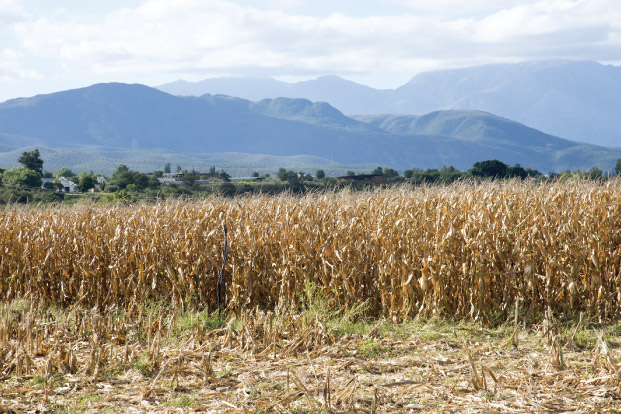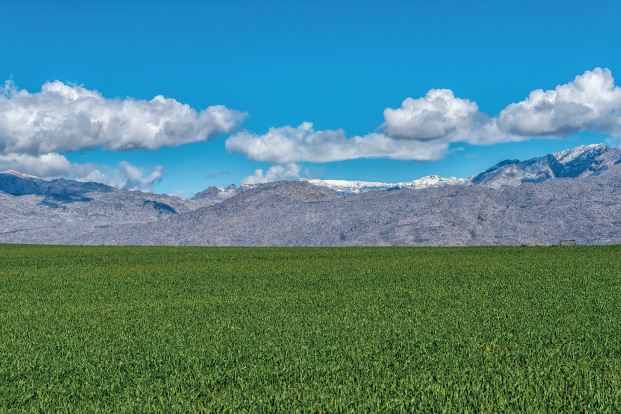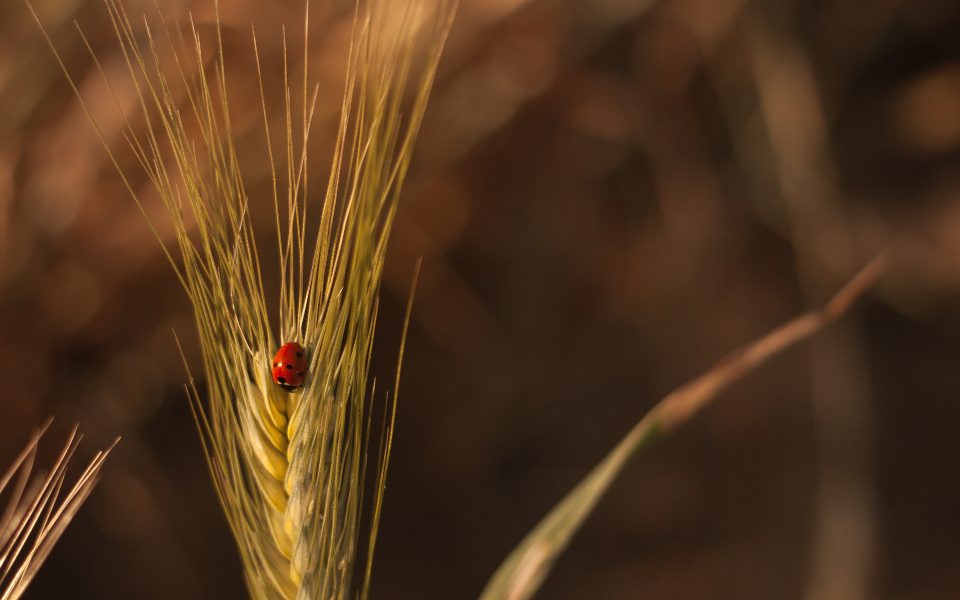A brief history of South Africa’s maize production

Why new farmers need a careful plan before starting a farming operation
November 27, 2018
“We believe South African grapes still have that edge”
December 6, 2018
A recently published research paper by agricultural economists Jan Greyling and Philip Pardey in the Agrekon Journal brings home some key points about South Africa’s maize production in terms of commercial and smallholder share contribution. This is timely given the current debates about transformation in South Africa’s agricultural sector, with questions about the progress of smallholder black farmers arising.
The paper essentially presents a comprehensive historical picture of South African maize production, and the changes in area planted, spanning the period 1904 to 2015. It includes both commercial and smallholder production, decomposed into their respective output, planted area and yield components.
But before delving into Greyling and Pardey story, I thought it would be good to briefly present the history of the maize production, with a focus on South Africa.
Maize was domesticated in central Mexico around 1500 BC. It was then brought to the African continent around 1500 AD where it quickly spread to all corners of the continent in a relatively short period of 500 years. It is now Africa’s most important grain crop.
Click HERE for the full article.
Sourced: bizcommunity.com



